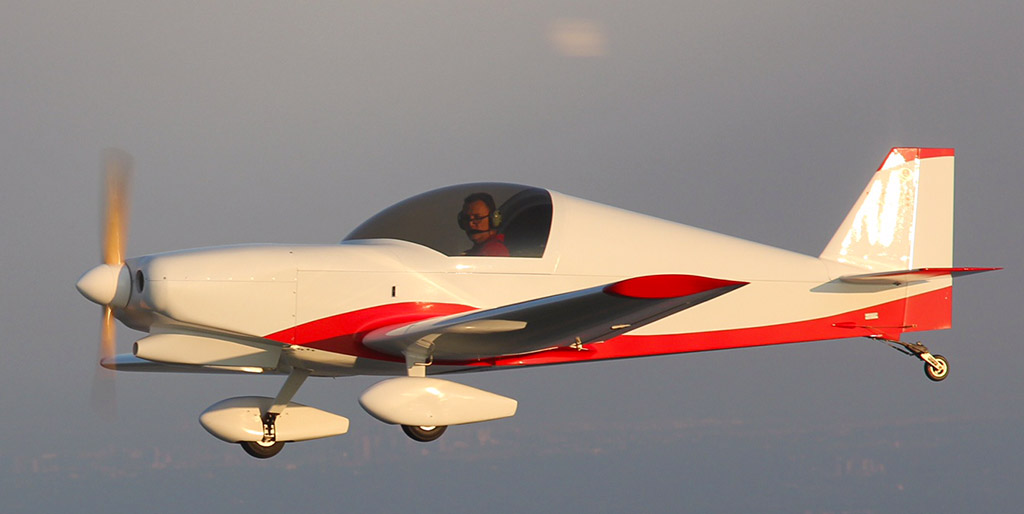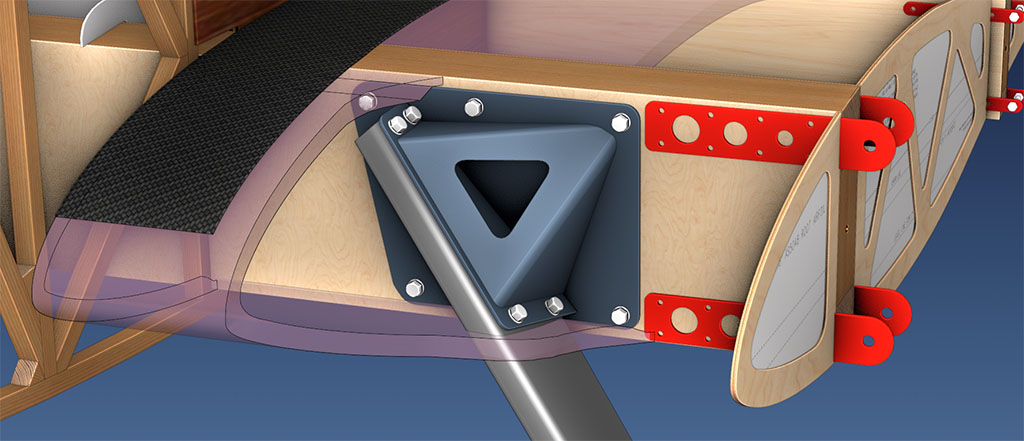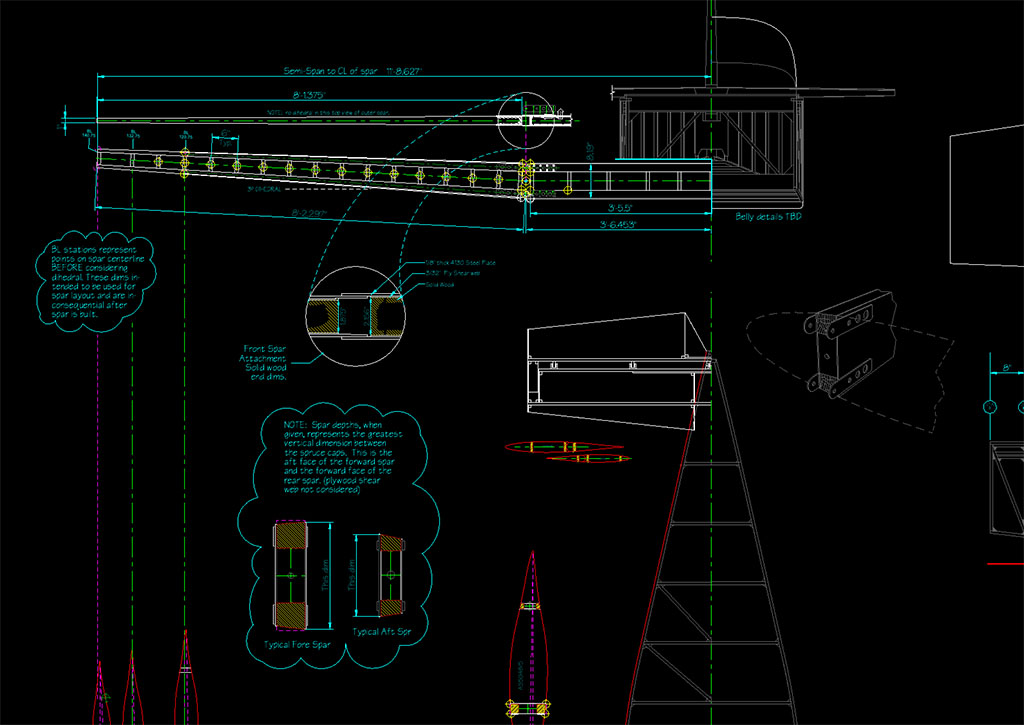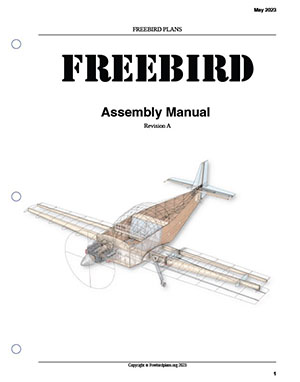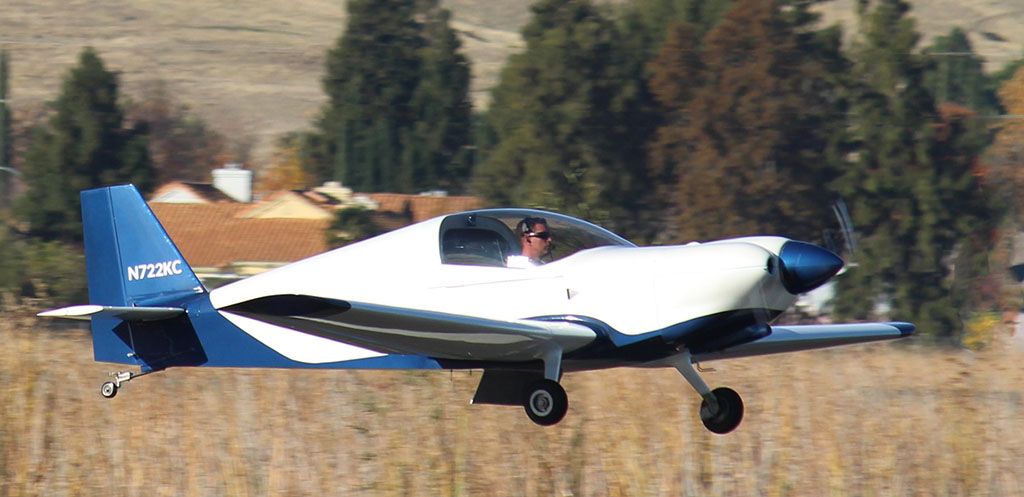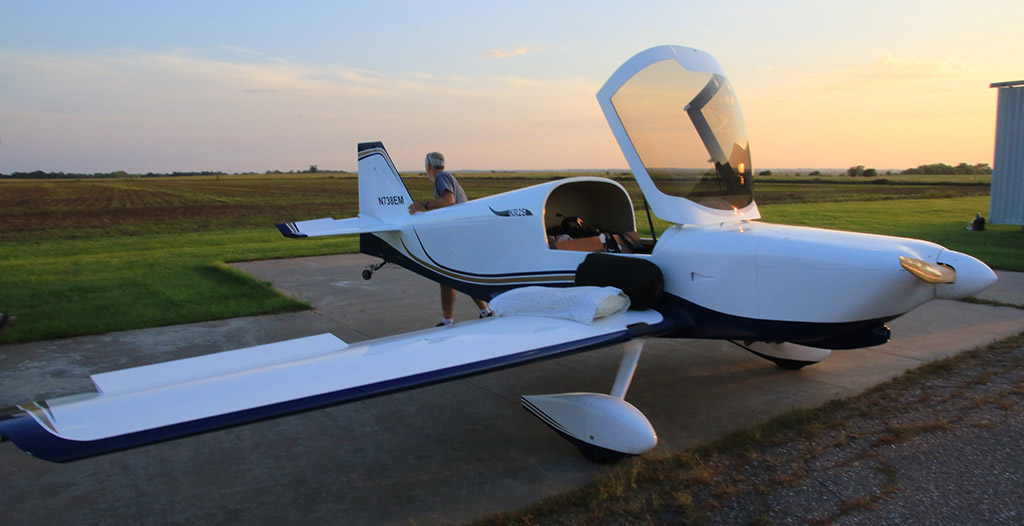FreeBird plans will also provide fuel system layouts, instrument panel templates, electrical schematics, etc, all for free download. There are no "gotchas" with FreeBird. No private information (or otherwise)is harvested from visitors or those who download plans or drawings. We're just trying to share the joy of building and flying your own sweet-flying, fast, economical, and fuel efficient airplane.
We have secured the https://www.freebirdplans.org website and are now working the CAD model (with help from a few very dedicated KRnet members), and once we have a few drawings we can "write to", we'll start the process of writing the manual. This manual will be in PDF form for easy download, as will the larger D, E, and maybe even F size drawings that will be used as construction drawings and templates. These can be easily printed at Kinkos or your favorite large print shop. Airfoil templates are already available at http://www.krnet.org/as504x/
FreeBird is not a giant leap of faith into the wild blue yonder...but the benefactor of many builders' experience building, modifying, experimenting, and proving that these planes fly just fine, many for decades. The Freebird's predecessor is the KR2S, which is what these planes are currently called. They were built from very sparse plans, with some very vague dimensions, and equally sparse instructions, such as "fabricate aft deck similar to forward deck", and there wasn't much detail for th making the forward deck either! Many dimensions had to be scaled from a technical artist's side view....the aft deck, for example. After months or years of this kind of "interpretation", the builder starts feeling like an aircraft designer, and makes changes to suit himself. The next builder comes along, and thanks to the many builder sites at www.krnet.org, builds upon what others have done, and tweaks it a little more. Before you know it, you have the FreeBird!
It's worth mentioning that if this plane doesn't fit you or your mission, you can tweak it into your preferred chariot, just like many other builders before you have done. Because we're dealing with an aircraft grade wooden frame, with home-brewed foam and fiberglass cloth making up most of the rest, you can build that wooden frame however you want to....the effort to "cover" it all with fiberglass is the same, no matter what the shape, length, height, whatever. An example of that is the vertical sides. You'll see in the model that the sides are vertical in this 3D CAD model (below), for ease of construction and ease of 3D modeling. KR plans call for tapering the fuselage sides outward from the bottom to the top, so the lower part of pilot/passenger area is narrower at the bottom and wider at the top. This allows more arm and shoulder room where you need it, but it's not needed for out-stretched legs, as well as decreasing frontal area a bit for slightly better speed. So if you like the look and feel of tapered sides, by all means....build it that way (as almost all KRs have been built over the years). The only "cost" of the tapered sides is a lot of odd-angled gussets at each fuselage stringer/longeron intersection, and it is labor intensive....making many trips back and forth to sand a tad more here and there, and pitching some in the trash and starting over sometimes. Straight sides are a breeze by comparison, if you want to just get on with it before your enthusiasm level wanes. This flexibility is optional...do it whichever way want, with tapered sides or straight sides. Some say the tapered sides look better, but it's really not that noticeable if you're not looking for it. As for CAD models, it's far easier to model the sides vertical rather than tapered, which explains why it's modeled and drawn this way.
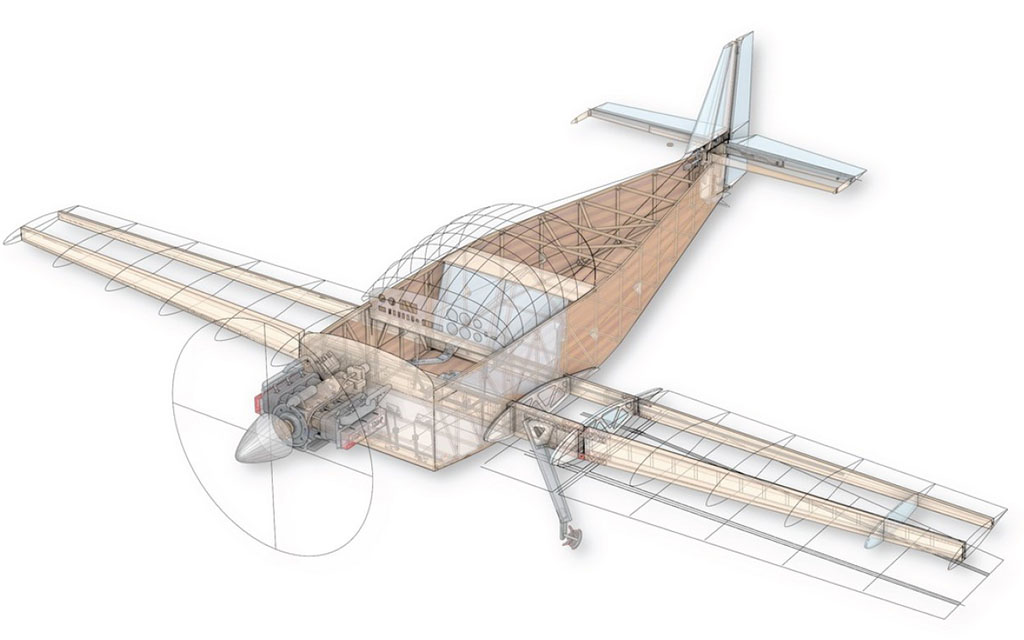
Above is a view of the FreeBird 3D CAD model, as of November 2023. The current state of the model has some pretty incredible detail in it already. Fuselage, wings, empennage, control surfaces with control cables, landing gear, and engine is already modeled in varying detail, but is still a work in progress. Most of the CAD work is being accomplished by Dean Meloni and Tom Kyler, who is also a stress engineer. Dean was interested in building something similar when he volunteered, and Tom joined later to help put a lot of detail into the design. Eventually we'll have detailed drawings for the subassemblies like fuselage, wings, empennage, control system, seats, instrument panel, fuel tanks, etc. Other experienced contributors are welcome to volunteer their services, as we'll need lots of instruction manual writing on all aspects of construction. Other input is welcome as well. More help means a finished product sooner!
FreeBird Preliminary Design Criteria
